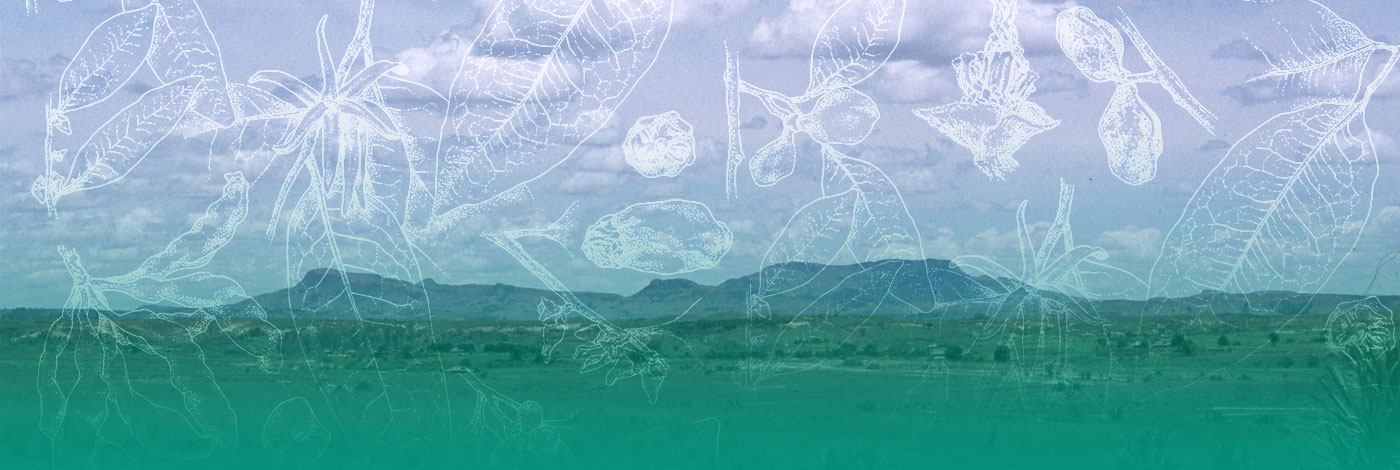Floral anatomy was studied in three species of Convolvulaceae-Cardiochlamyeae in order to clarify morphological features and trends in this tribe, recently defined by analyzing chloroplastic genes, and evolving as a basal lineage in the phylogeny just as a sister-group of the Humbertieae. Molecular affinity of Cardiochlamys and Cordisepalum is strengthened by their regular receptacle vasculature with a trimerous component. The large disjunction of these genera (respectively Malagasy and South-East Asian) is emphasized by a higher specialization of anthers in Cordisepalum, and gynoecium in Cardiochlamys. Nevertheless, evolutive acceleration, as seen in sexual parts, took place by keeping several plesiomorphies, especially in connective histology, recalling that of Humbertieae, Erycibeae, and even Maripeae, and maintenance of a placental pedestal, remnant of a solanaceous massive placenta. The gynoecium of Cardiochlamys appears however highly derived by showing a gynophore, lacking any ovarian septum, and exhibiting a true carpel polymorphism, an until now unrecognized feature in the family. Thus, this study highlights again the meaning of endemic Malagasy Convolvulaceae both for pinpointing archaic traits, and defining original evolutive trends.

 Adansonia
26 (2) - Pages 199-211
Adansonia
26 (2) - Pages 199-211